Mastering churros crisp outsides tender centers
44 min read Unlock foolproof churros with shattering crusts and plush centers—precise dough ratios, piping technique, and oil temperature, plus cinnamon-sugar finishing and chocolate for dipping. October 06, 2025 18:07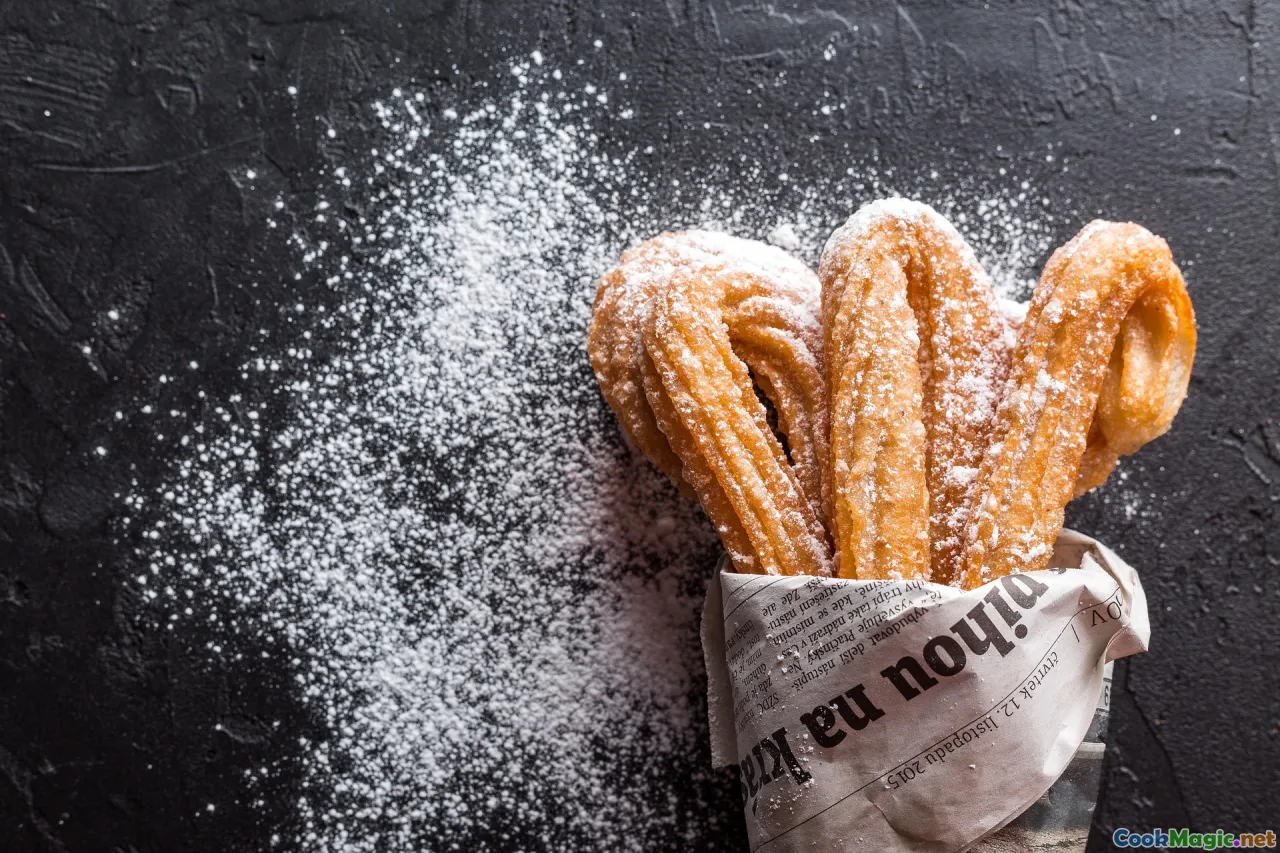
The first churro I ever ate in Madrid was not polite. It crackled. It sighed in a hot whisper as my teeth broke through the sugared ridges and into a custardy middle that was not custard at all, just gelatinized flour and steam held in a honeycomb of bubbles. On that winter madrugada, the tiled walls of Chocolatería San Ginés threw back the sound of plates and saucers and the smell of clean hot oil and fresh dough. Someone snipped looped churros with scissors over a vat, and behind me a student murmured, half-asleep and euphoric, “más chocolate.” I learned something essential in that bite: a proper churro is a study in contrast. Crisp outside, tender inside. It is not a donut, not a breadstick, not quite a pastry. It is a moment—fleeting—born of heat, water, and patience.
In the years since, I’ve watched churros fried in Andalusian plazas at dawn, spiraled into wheels in Cádiz, pressed thick into porras in Madrid, and piped in skinny xurros outside a Barcelona xurreria that kept late hours for lovers and taxi drivers. Along the way, I learned that the art of achieving that crisp-and-tender bite is less about the mystique of secret recipes and more about understanding the dough, the ridges, and the bath of oil that transforms both.
What gives a churro its character
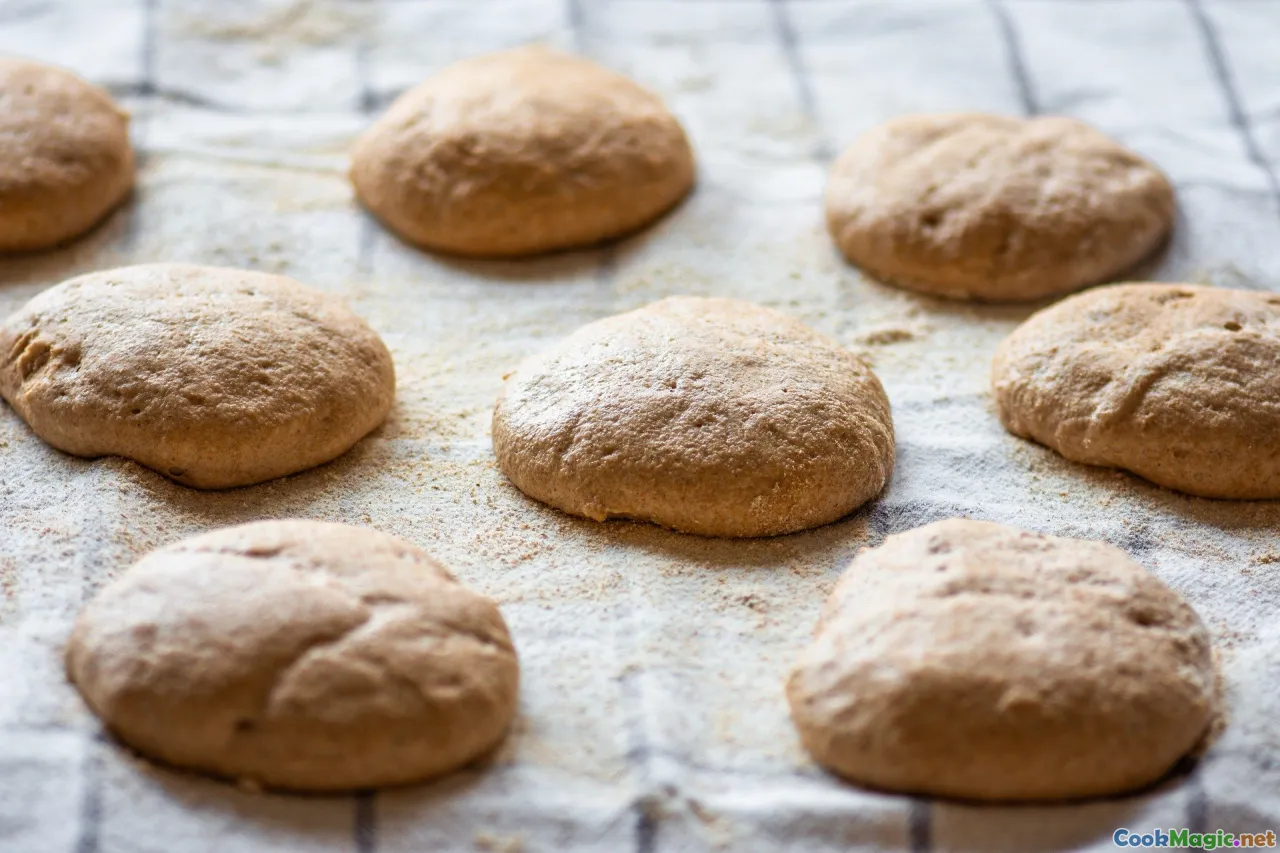
Ridges. If you remember just one word, make it that. Those sharp ridges—in cross section, like a starburst—are not decorative. They are functional architecture. When the raw strip of dough hits hot oil, water trapped in the dough turns to steam, racing to escape. The ridges increase surface area and create weak points for moisture to vent, allowing the exterior to dry and brown without the pastry exploding. They are the tiny escape ladders for steam molecules and the micro-corrugations that crisp into an audible shell.
The center, by contrast, relies on a balance of hydration and viscosity. Churro dough is not a batter; it is a paste, thick enough to hold shape as it slides out of a star tip or churrera. The boiling water used to make that paste gelatinizes a portion of the starch before frying, setting the stage for a center that holds together but yields with a delicate, custard-adjacent tenderness.
The magic lies in getting these two parts of the churro to finish their journey together: the outside bronzes and shatters at the same moment the inside just sets, retaining moisture without gumminess. If you pull early, the center weeps. If you wait too long, the ridges harden and the interior dries into a chew. The sound you want is a crisp murmur when you press the pastry: like crushed sugar crystals, not like crackers breaking.
A short, tangled history
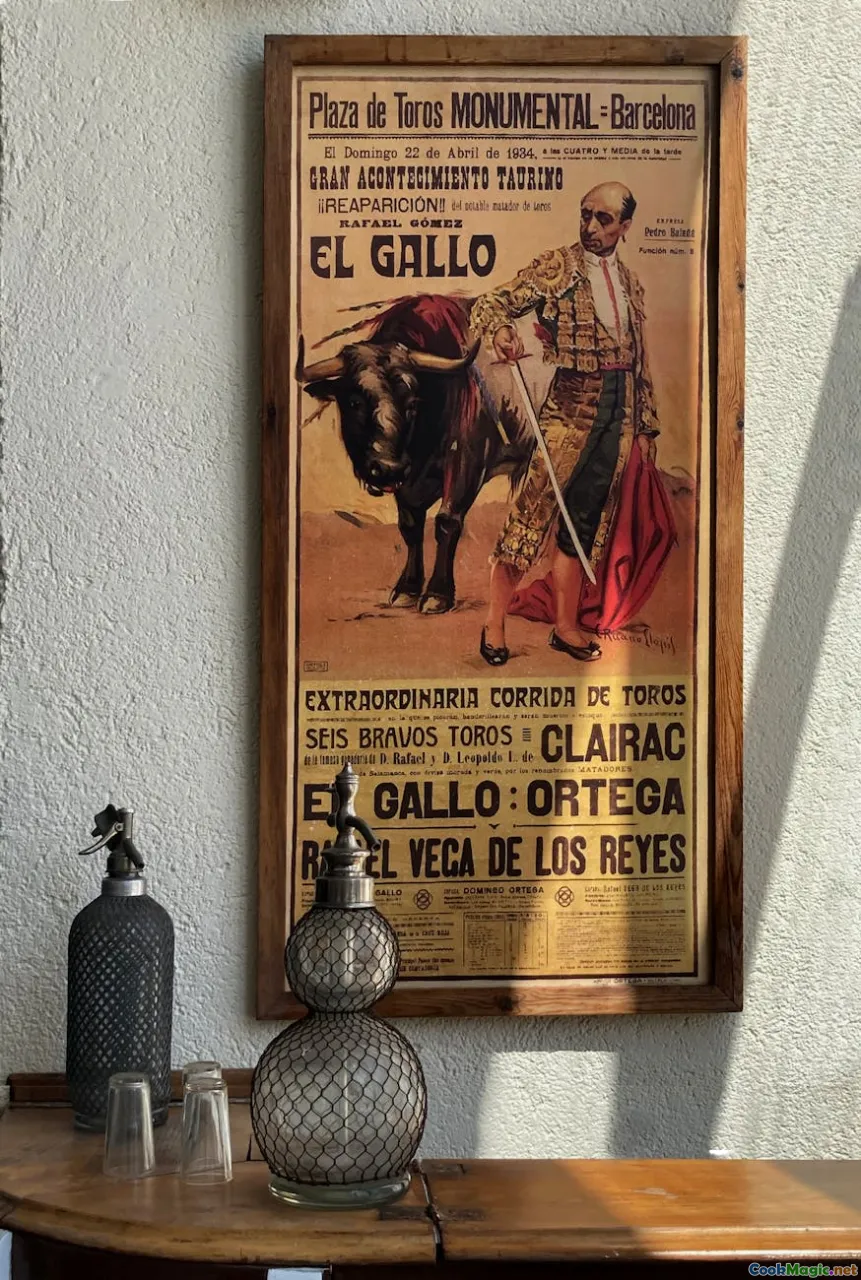
Churros, like so many culinary icons, wear more than one origin story. One thread leads to Spanish shepherds in the mountains who needed a quick, portable dough they could mix with water and fry over a fire—an early version piped through a star-shaped nozzle to facilitate even cooking. Another thread knots Portugal to China, linking churros to youtiao via maritime trade and technology transfer in the age of exploration. Both stories may hold truth in traces: Iberia has a long tradition of fried doughs, enriched and plain, some with yeast, some without. Moorish fritters left their imprint centuries ago, and regional distinctions persist today.
In Madrid and central Spain, porras loom thick and proud, an older cousin to the thinner churro. Porras are often leavened lightly with baking soda or a splash of a leavening solution, yielding an airier interior and a more imposing diameter—often extruded through a larger tip or straight nozzle. In Andalusia, you find calentitos de rueda, great spirals snipped into portions, and the delightful tejeringos in Málaga, ring-shaped and exuberant, crisp as a curtain of lace. In Barcelona and across Catalonia, xurros are generally slender, often served in loops, and the city sustains an ecosystem of xurrerias and granjas—cafés where hot chocolate and churros flirt shamelessly.
Beyond Spain, churros crossed oceans and took root. In Mexico City, El Moro has been threading dough into oil since 1935; the churros there are often dusted with cinnamon sugar, a distinctly Mexican preference thanks to the presence of Ceylon cinnamon (canela) and piloncillo-laced sweets in the local palate. In Buenos Aires and Montevideo, dulce de leche finds its way into churros, piped into their cores after frying. In Lima, you’ll meet churros dusted generously and often filled with vanilla pastry cream. Portugal’s farturas are close cousins served at fairs, and in the Philippines, churros con chocolate is a legacy of Spanish rule that locals have made their own.
Yet when I think of churros at their essence—unfilled, ridged, sugar-dusted, dipped into a chocolate so thick it coats a spoon like velvet—it is Spain I taste. The churro reveals itself most honestly when it needs no additional flourish.
The anatomy of dough: ratios that matter

Churro dough is remarkably simple, but each number matters. Think like a baker.
- Flour: All-purpose flour with moderate protein (10 to 11.5 percent) is ideal. Too low, and the dough lacks structure and fries limp. Too high, and you risk a rubbery chew.
- Liquid: Use boiling water. The heat gelatinizes starch immediately, creating a paste that holds shape and resists oil absorption. Some makers add a small portion of milk for color and flavor, but classic Spanish churros are water-based, clean and wheat-forward.
- Salt: Essential. It’s the difference between bland and beguiling.
- Fat: Optional. A spoonful of neutral oil or melted butter in the dough can soften the bite and perfume the crumb. Many classic recipes include none; I favor a whisper of fat for tenderness and flavor stability.
- Leavener: Traditional thin churros typically rely on steam leavening. Porras often include a pinch of baking soda or baking powder to encourage an open crumb.
Ratios:
- For thin churros: flour to water at roughly 1:1 by weight (100 percent hydration) produces a pipeable paste. In drier climates, you may nudge up to 105–110 percent hydration to avoid cracking.
- For porras: 110–120 percent hydration, plus a small amount of chemical leavener, yields a looser paste that puffs.
Resist the temptation to add eggs. That path leads to pâte à choux and, eventually, to something texturally closer to a cruller or beignet. Delightful, yes—but not a Spanish churro. Eggs also increase the risk of explosive expansion and uneven interiors when fried at home.
Equipment: from churrera to star tip

You can fry great churros with basic gear, but a few specific tools increase your odds of getting those crisp ridges and a tender core.
- Churrera or pastry bag: A churrera is a dedicated cylinder press for extruding dough through a plate with fluted openings. A heavy-duty pastry bag works just as well if you fit it with a star tip and use a cloth or reinforced bag to avoid blowouts.
- Star tip: The tip’s shape is crucial. I recommend an open star tip between 12 and 16 mm across for thin churros; for porras, a wider opening (20–22 mm), sometimes without fluting, is appropriate. A clean, sharp edge on the star produces defined ridges that fry evenly.
- Scissors or a paring knife: For snipping dough as you pipe directly into oil. A long pair of kitchen scissors lets you aim length precisely.
- Thermometer: Clip-on or infrared, but calibrate it. You are aiming for 180–190 C (355–375 F) for most of the fry.
- Frying vessel: A deep, heavy pot retains heat and minimizes temperature swings—enameled cast iron or a Dutch oven is ideal. Fill with at least 5 cm of oil depth.
- Spider or slotted spoon: For gentle turning and retrieval.
- Wire rack over a sheet pan: The only acceptable resting place post-fry. Paper towels trap steam against the ridges and turn precious crispness into damp regret.
My baseline recipe for crisp-outside, tender-center churros

This recipe leans toward the Madrid style of thin, crisp-ridged churros with a springy, moist center. It is egg-free, simple, and reliable.
Yields: about 24 churros, 18–22 cm long
Ingredients:
- 250 g all-purpose flour (10–11.5% protein)
- 5 g fine sea salt
- 10 g neutral oil (sunflower or grapeseed) or 15 g melted unsalted butter (optional)
- 250–275 g boiling water (start at 250; add more if needed to reach pipeable paste)
- 1.5 liters frying oil (high-oleic sunflower, peanut, or a mix with 10% mild olive oil)
- 100 g caster sugar for dusting
- Optional: 2 g ground true cinnamon (canela) for dusting if you prefer a Mexican-style finish
Method:
-
Preheat the oil. Bring your frying oil to 185 C (365 F) over medium heat. Maintain this target as you prepare the dough. If your pot is small, plan to fry in batches and give the oil time to rebound between batches.
-
Mix the dry ingredients. In a bowl, whisk the flour and salt. If using butter, melt it and set aside; if using neutral oil, have it ready.
-
Boil the water. Bring the water to a full rolling boil. You can do this on the stove or in an electric kettle, but it must be truly boiling to gelatinize the flour properly.
-
Scald the flour. Make a well in the flour. Pour the boiling water all at once into the well, along with your measured fat if using. Stir quickly with a sturdy wooden spoon or silicone spatula. It will look ragged at first; keep stirring until very smooth. The paste will be thick, glossy, and hot. If it is so firm that it resists stirring, drizzle in up to 25 g more boiling water. Do not leave dry pockets of flour.
-
Rest. Transfer the paste to a clean bowl, cover, and rest for 15–20 minutes. This allows starches to fully hydrate and gluten to relax so the dough extrudes cleanly.
-
Prepare to pipe. Fit a heavy-duty piping bag with a 12–16 mm open star tip. Load the warm dough into the bag. If you have a churro press (churrera), pack it snugly, ensuring no air pockets.
-
Pipe and snip. Working over the pot of oil at 185 C, pipe lengths of dough directly into the oil. Use scissors to snip each length at 18–22 cm. Lay the lengths gently, taking care not to splash. Aim for three to four churros per batch in a medium pot to avoid crowding.
-
Fry and turn. Fry for about 2–3 minutes on the first side, until the ridges turn from pale to a deep straw color. Flip with a spider; fry another 2 minutes. You are listening for a change in the sound of bubbling—a slightly lower, finer fizz means the surface water has mostly cooked off.
-
Drain and dust. Lift the churros to a wire rack set over a sheet pan. Let them drain for 30–40 seconds. While still hot but no longer glossy with oil, shower with caster sugar. Cinnamon can be mixed into the sugar if you like a Mexican-style finish, but in Spain, plain sugar is standard.
-
Serve at once. Churros are a now food. Pair with hot chocolate a la taza (recipe below), café con leche, or simply eat them naked, the sugar pricking your tongue as the interior steams.
Notes:
- If your churros bend dramatically, your dough may be too loose, the oil too hot, or you piped too fast. Slower piping into slightly cooler oil (180 C) often yields straighter pieces.
- If you want lazos (loops), pipe a 12–15 cm length and bend the ends together as it lands, pinching lightly with tongs.
- For porras, increase water to 300 g, add 2 g baking powder, and rest 30 minutes. Use a wider tip.
Safety:
- Water and hot oil are rivals. Dry your tools. Keep children and pets away. If the dough sputters, step back and lower the heat slightly. Never drop the dough; lay it.
The fry: heat, steam, and that whisper of crust

Oil temperature is the gatekeeper of texture. At 185 C, water in the dough flashes to steam quickly, building pressure that puffs the paste and pushes outwards against the ridges. If the oil is too cool (below 170 C), steam production slows; oil seeps in before the exterior sets, yielding greasy, leaden churros. Too hot (above 195 C), and the ridges bronze before the interior cooks, trapping steam that seeks violent exit routes—split seams, bubbles, or dangerous bursts.
Watch the bubbles. At the start, they are large and furious. As the surface water boils off, the bubbles become smaller, tighter, and the hiss softens. In that moment, test a churro with tongs: the ridges should feel firm but not hard. A gentle squeeze should not crack the surface. Color tells its own story: honey blond at the thinnest edges, tawny along the flats of the ridges.
Turn deliberately. If left on one side, churros curl like commas toward the hotter surface. Flipping at the 90-second mark encourages even expansion. If the pot is small, fry fewer at once. The temperature drop when adding dough can be 5–10 degrees; adding batches too quickly compounds this and leaves a sog.
Drain high. Hold the churro above the oil for a breath, then set on a rack. That elevation lets residual oil stream away without pooling at the base—a small detail that keeps ridges crisp.
Troubleshooting clinic

- Splitting or bursting: Likely causes include dough that is too stiff (low hydration), no ridges (wrong tip), or oil that is too hot. Remedy by increasing hydration by 5–10 g of water, confirming a sharp-edged star tip, and lowering oil to 180–185 C.
- Greasy texture: Oil too cool, overcrowded pot, or dough too loose. Fry fewer at a time, stabilize oil temperature, and verify that your paste holds a clean star pattern when piped onto a board.
- Raw, gummy center: Either pulled too early or oil too hot. Extend fry time by 30–60 seconds and monitor for that sound change in bubbling. For thicker porras, lower the oil to 175–180 C to allow heat to penetrate before the exterior overcolors.
- Tough, chewy interior: Overmixed dough or high-protein flour. Mix just until smooth and avoid reheating or remolding the paste repeatedly in the bag. Choose flour around 10–11.5 percent protein.
- Sugar won’t stick: Dust while the churros are still warm and very slightly tacky—not immediately from the oil, when sugar dissolves, and not cold, when it slides off.
- Curved churros: Flip early and pipe gently. If you see a curve forming, coax it straight with the spider while still pliable.
Regional styles and what they teach us

- Madrid porras: Thick, with a more open interior. They often use a touch of leavener and higher hydration. The lesson: leavening changes crumb openness and oil penetration; adjustments to temperature and fry time are essential.
- Churros de lazo: The looped shape seen across central Spain. The pinch point fuses as it fries, creating a denser bite there. The lesson: geometry matters; where dough overlaps, you need time for heat to penetrate.
- Churros de rueda in Cádiz and Seville’s calentitos de rueda: Giant spiral coils snipped into lengths as orders come in. The lesson: batch efficiency and showmanship can coincide; the long coil allows the fryer to manage one large piece rather than many small ones in a crowded service.
- Málaga’s tejeringos: Ring-shaped and often fermented differently; crisp lace with a tender pull. The lesson: alternate dough systems exist; yeast or batter-like formulas produce different textures and flavors, still sharing the core joy of hot fried dough.
- Catalan xurros: Slender, very ridged, often served with ice-cold horchata in summer or hot chocolate in winter. The lesson: diameter alters frying dynamics—slim pipes cook fast and demand precise timing; they also maximize crisp surface.
Travel tip: In Barcelona, seek out Xurreria Dels Banys Nous, where the morning batch sings as it hits the oil. In Madrid, San Ginés is the classic, but smaller neighborhood churrerías buy their oil in manageable quantities and turn it over daily—a boon for flavor and consistency.
The companion: thick chocolate a la taza
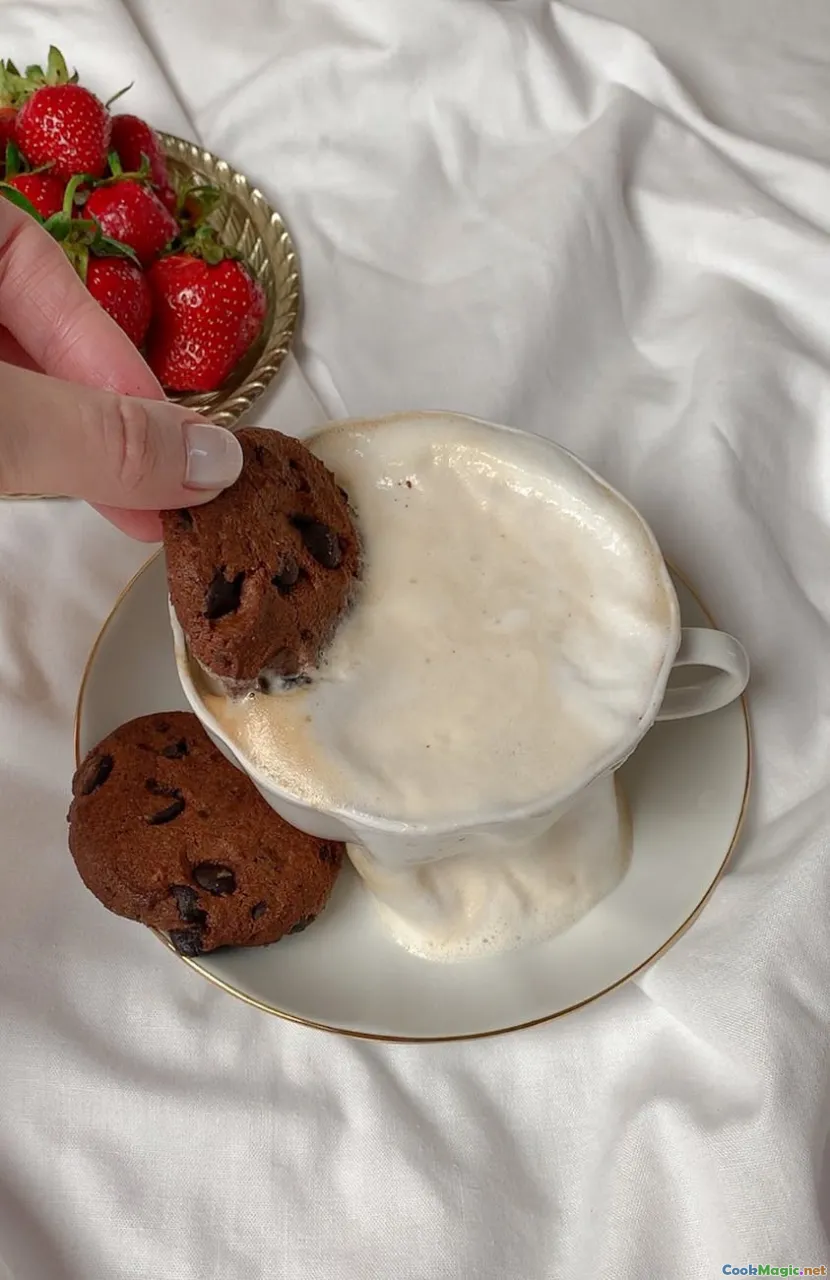
Spanish chocolate is not merely hot cocoa. It is a sauce masquerading as a drink; it coats and clings.
Chocolate a la taza (serves 4):
- 500 g whole milk (or 400 g milk + 100 g water for a slightly lighter profile)
- 150 g dark chocolate, 60–70 percent cacao, chopped
- 20–25 g sugar (adjust to taste and chocolate sweetness)
- 8 g cornstarch (maizena)
- Pinch of fine salt
- Optional aromatics: a strip of orange peel; half a cinnamon stick; a drop of vanilla; a star anise for 3 minutes only
Method:
- Infuse: Warm the milk with the aromatics if using. Bring just to a simmer, then fish out the aromatics.
- Slurry: Whisk cornstarch with a splash of cold milk or water to make a smooth slurry. Stir into the hot milk along with sugar and salt.
- Thicken: Cook over medium heat, whisking, until the milk thickens slightly and shivers with small bubbles. Do not boil violently.
- Melt: Remove from heat; whisk in the chopped chocolate until fully melted and glossy. Return to very low heat and hold it just below a simmer for 2–3 minutes, whisking. The chocolate should nappe the back of a spoon.
- Serve hot: If it thickens too much as it sits, loosen with a tablespoon or two of hot milk.
This chocolate is meant for dipping and for spooning—stout, silky, and bordering on pudding. The salt is important; it teases out fruity notes in the chocolate and reins in sweetness.
Sugar, cinnamon, and the Spanish palate
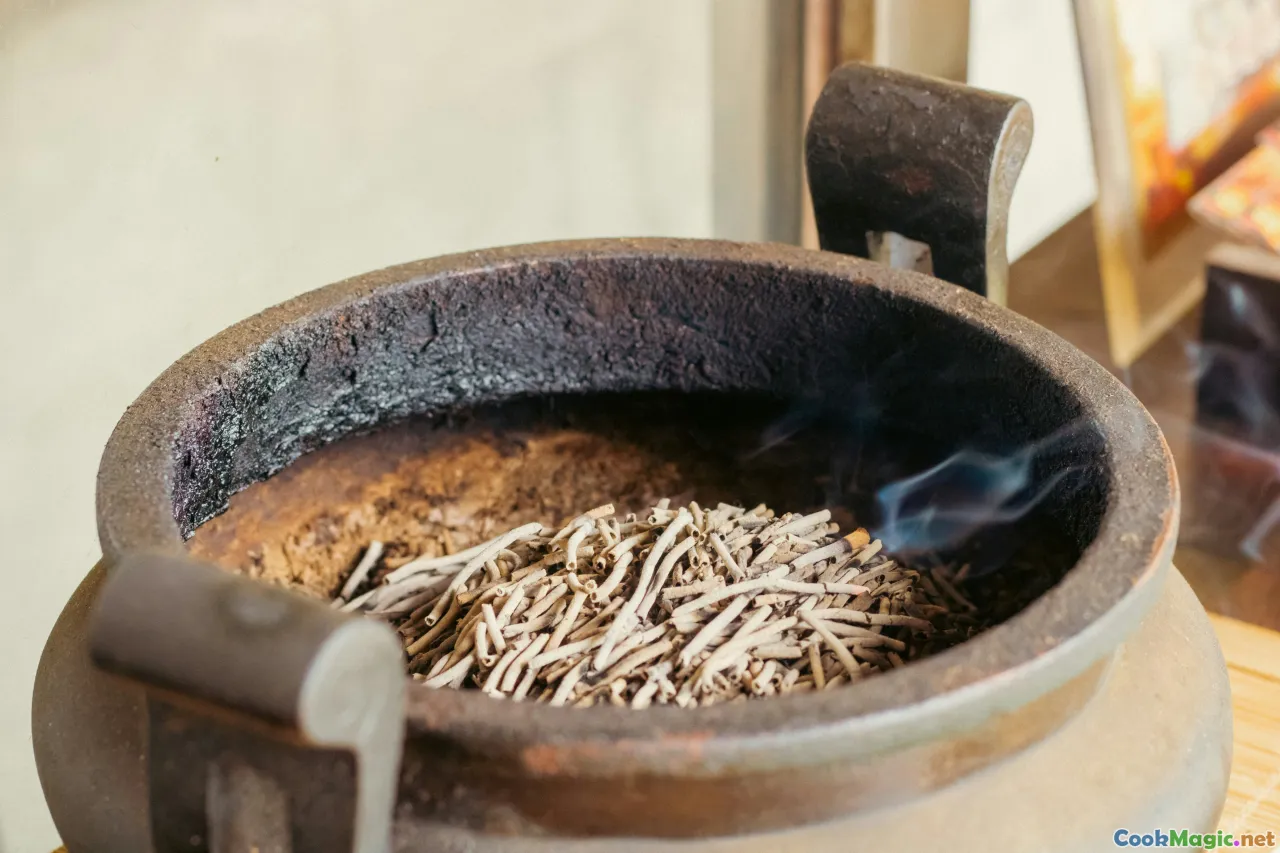
In Spain, cinnamon on churros is not the norm. Many churrerías offer only sugar, and they dust sparingly. The point is to accent, not to frost. The granular crunch of superfine sugar against warm ridges is its own pleasure; too much, and you mask the subtle wheatiness of the dough and the faint nuttiness that good oil contributes.
That said, Spanish cuisine is not doctrinaire. Cinnamon enters the picture more often in the diaspora. In Mexico, canela brings floral warmth that nestles beautifully against the fried dough. If you dust with cinnamon sugar, mix it yourself: 100 g caster sugar with 2–3 g ground Ceylon cinnamon, tasting and adjusting. Dust as the churros come off the rack, while still warm, not when they are scalding or cold.
For a distinctly Spanish aromatic touch without changing the finish, add a breath of anise or orange zest to the dough. Both are used in Spanish pastries and sing softly without taking over.
Oil matters: flavor and performance
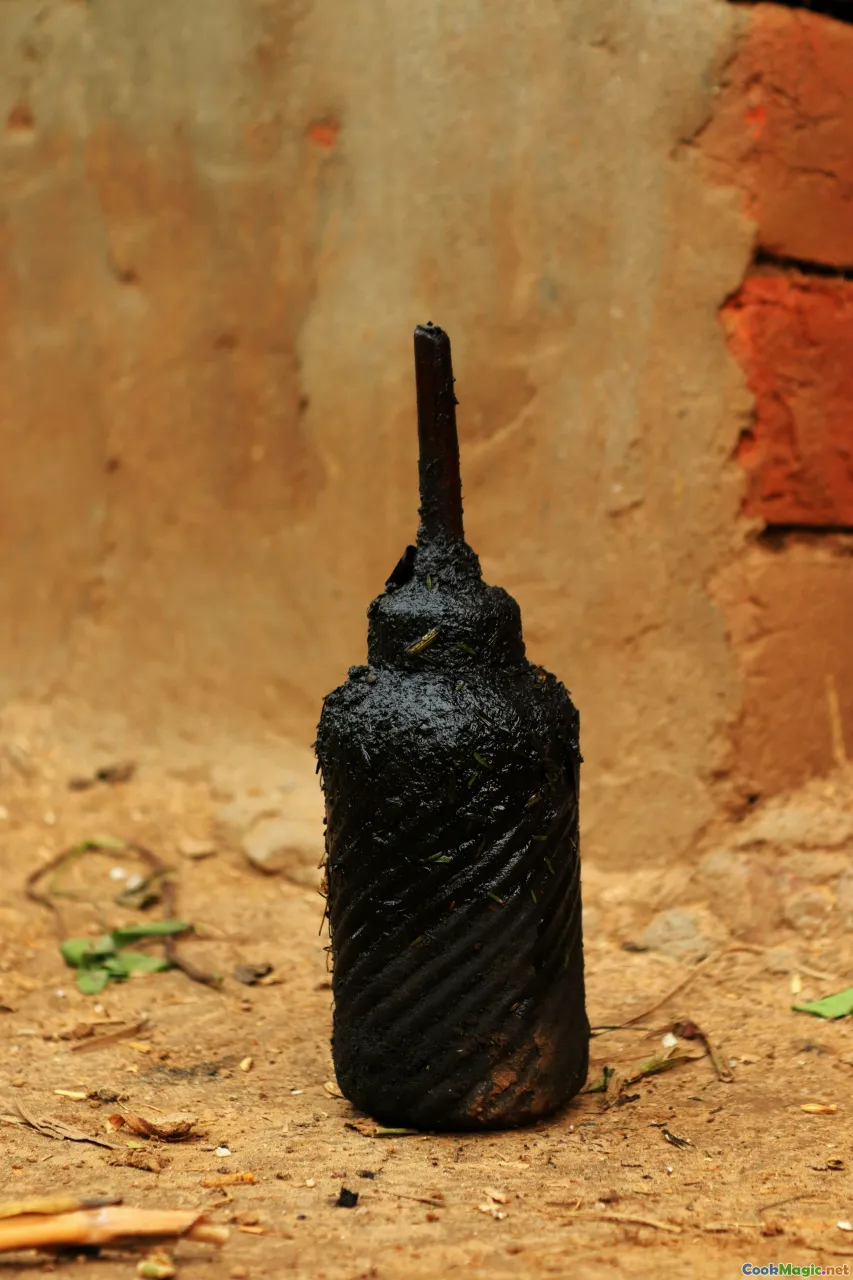
In Spain, high-oleic sunflower oil is the workhorse of churrerías: neutral, stable at frying temperatures, and economical for daily changeover. Peanut oil works beautifully as well, with a slightly nutty aftertaste that complements the dough. Many old-school shops lace their neutral oil with 5–15 percent olive oil—not for smoke point bravado but for aroma. That hint of olive rounds the fried notes and imparts a whisper of green fruit on the exhale.
- Olive oil alone is possible, but choose a mild, refined bottling if you go this route at home; robust extra virgin can smoke and can afford an assertive flavor that overshadows the dough.
- Reuse oil with care. Filter after each session while still warm (but not hot) through a fine mesh or a coffee filter. Discard when it darkens, smells fishy or stale, or foams excessively. Fried starch sheds micro-particles that accelerate polymerization and off-flavors.
- Depth and turnover matter. Shallow oil cools too quickly on food contact. Aim for at least 5 cm depth and avoid crowding. Between batches, allow the oil to return to target temperature; this patience is the difference between crisp and greasy.
A day in a Madrid churrería

At five in the morning, the churrería’s door is a metronome—open, close, open—and the city drifts through in waves. A couple in wedding clothes shares a plate, the bride’s veil caught on a chair, sugar dusting her knuckles. A road crew orders porras to go, tucked in a paper cone like torches. Behind the counter, a man in a white jacket leans his weight into the churn of a large churrera, extruding a continuous coil into a pan of oil as broad as a bicycle wheel. He snips with impossibly long scissors, the blades flashing, and the coil bobs, releasing a perfume of wheat and warm fat that edges toward toasted hazelnut.
I asked him, in my stumbling Spanish, what separates a good churro from a great one. He didn’t look at me, eyes fixed on the surface of the oil. “El oído,” he said. The ear. He meant that sound—the way the oil sings when the surface water has fled, the delicate fizz that narrows when the crust is set. He flipped the coil, a suave, practiced gesture, and showed me a cross-section: ridges thin and crisp, interior pocked with small, even holes. “Ves?” Do you see? I did. And I listened.
Scaling up for a pop-up or brunch service
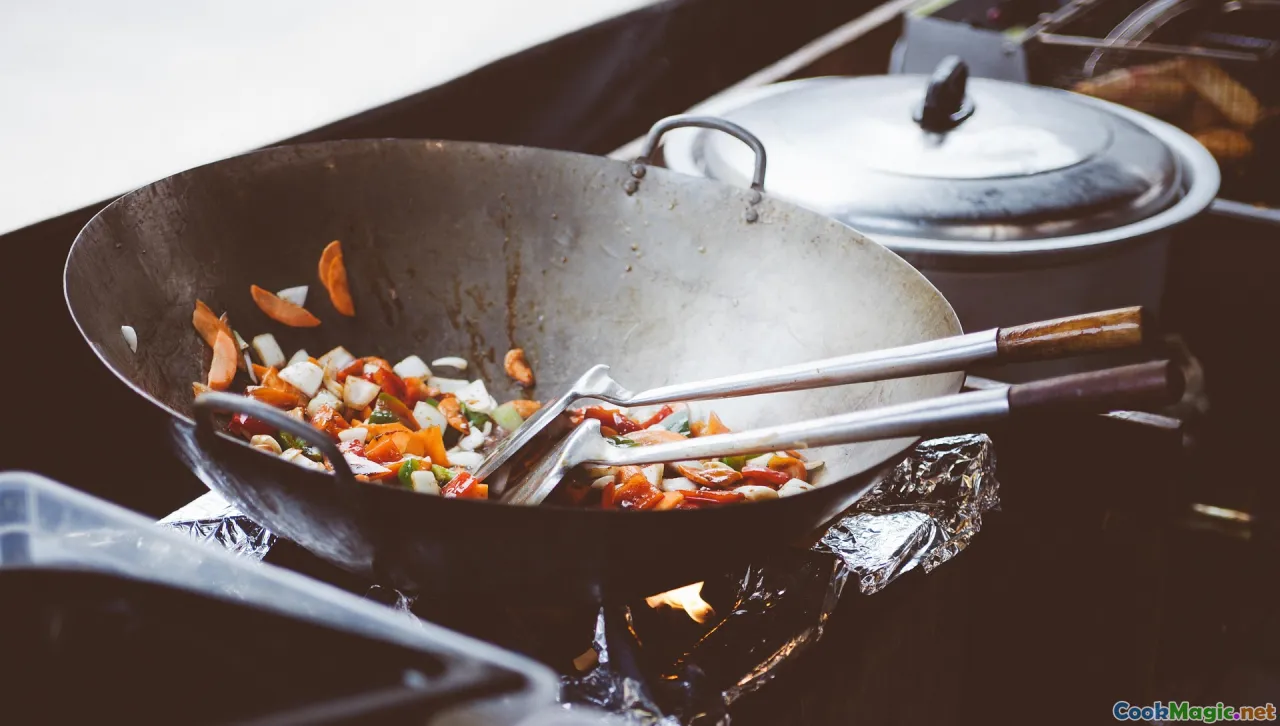
Churros are fantastic for events if you manage workflow and temperature. A plan that respects their immediacy can deliver plates that sing.
- Dough prep: Mix dough 1–2 hours before service and hold at room temperature, covered. Resting relaxes it and improves piping. Do not refrigerate; cold paste stiffens and extrudes unevenly.
- Pre-piping: For high volume, pipe raw churros onto parchment-lined sheet pans dusted with a little flour. Keep them covered to prevent drying. You can hold at room temperature for up to 2 hours. If you need longer, pipe and freeze them on trays until firm, then bag. Fry frozen, adding 30–60 seconds to the cook time and lowering oil to 180 C to allow heat penetration.
- Oil management: Use two pots or a commercial fryer with separate baskets. Skim constantly to remove fragments. Rotate oil if needed; consider adding fresh oil in small increments to keep quality consistent.
- Timing: An order of 6–8 churros takes about 4–5 minutes from piping to plating, including recovery time. Stage your chocolate hot and ready; churros wait for nothing.
- Holding: If absolutely needed, hold fried churros on a rack in a warm, dry place (no hotter than 90 C) for up to 10 minutes. Any longer and the crust softens as steam migrates outward and condenses. Dust with sugar right before service.
- Safety and flow: Assign one person to the fry and another to dust and plate. Keep the fryer area dry and clear; oil splashes around sugar are a dangerous mix.
Costing tip: A 250 g flour batch yields roughly two dozen 20 cm churros. With oil amortization, sugar, and a chocolate portion, the food cost per serving of 6 pieces with chocolate is often under a couple of euros in raw materials, depending on chocolate quality.
Creative riffs that respect the craft
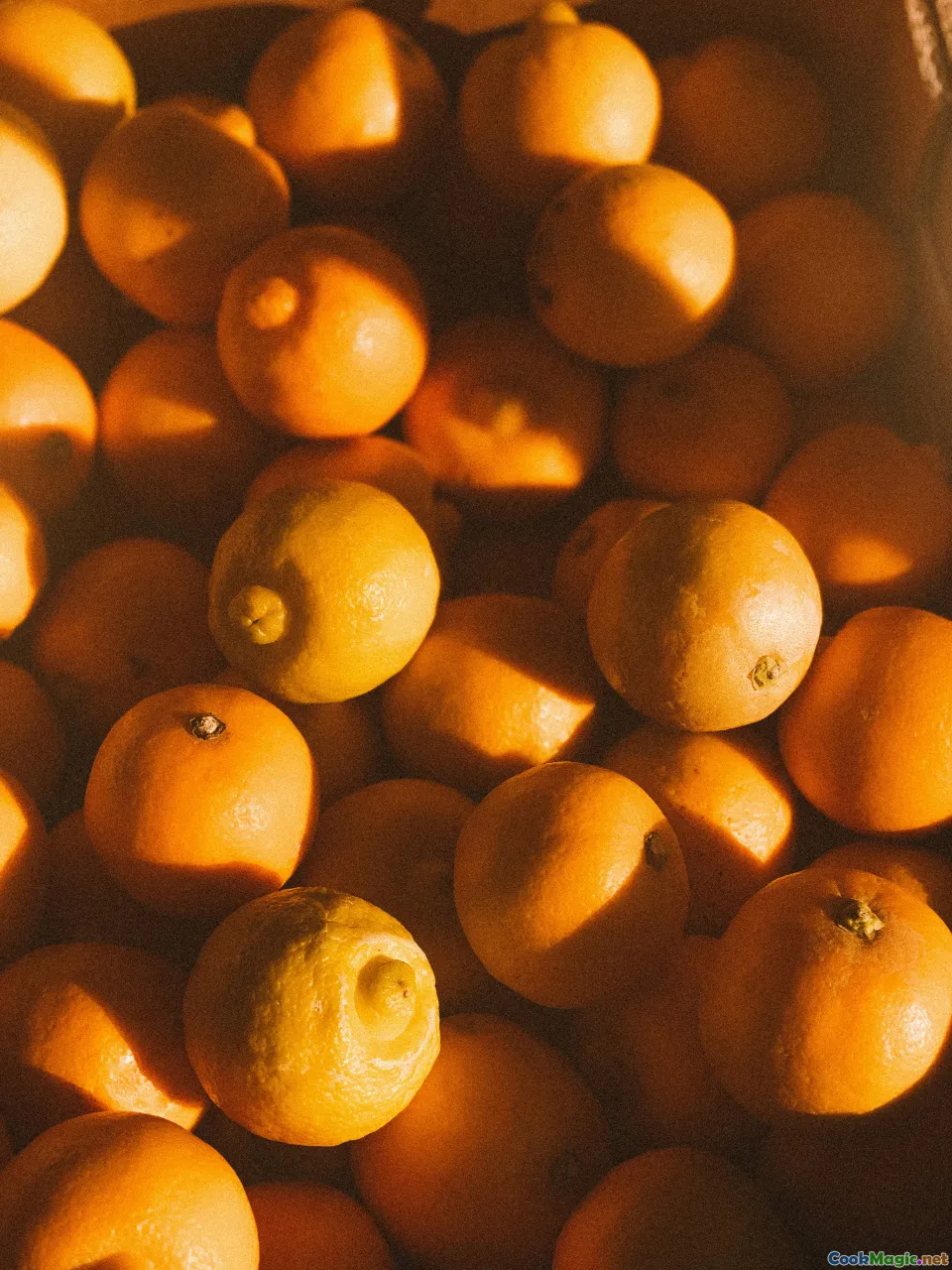
I am a conservative churro person. Still, respectful riffs can be wonderful.
- Orange and anise: Finely grate the zest of half an orange into the dough and add 1 g crushed anise seed. The aroma is subtle and very Spanish.
- Olive oil sugar: Pulverize 100 g caster sugar with 5 g good extra virgin olive oil in a processor until sandy. Dust warm churros with it for a haunting, savory-fruity finish.
- Filled after frying: If you must fill, do it post-fry with a thin-nozzle pastry bag. Dulce de leche, crema pastelera, or even a salted chocolate ganache can work. Pierce at one end and fill gently; avoid overfilling, which makes the interior gummy over time.
- Sherry glaze: Warm 50 g Pedro Ximénez with 20 g sugar to a syrup; lightly brush a few churros as a special. The raisined, figgy notes play nicely with the fried dough, though glaze softens crispness—serve immediately.
- Spiced sugar for autumn: Toss sugar with a touch of ground clove and nutmeg in micro-amounts (0.2–0.4 g each) for an aromatic halo—more European Christmas market than Spanish, but lovely with chocolate.
Avoid: Adding eggs to the dough if your goal is Spanish churros. Avoid cocoa in the dough; it burns. Avoid yeasted batters if you want ridged structure; that is a different (delicious) fried bread universe.
Pairings beyond chocolate

- Café con leche: The classic. The milk’s sweetness softens the edge of fried dough; the coffee’s bitterness resets the palate between bites.
- Cortado: For a grown-up morning in Bilbao—short, balanced, and excellent with a plate of lazos.
- Horchata de chufa: In Valencia, horchata is typically paired with fartons, but a plate of xurros alongside an ice-cold glass on a blazing afternoon is revelatory. The cool almondy-tigernut sweetness contrasts the warm crunch.
- Sherry: A glass of dry oloroso or a lightly chilled amontillado is an elegant and very Andalusian dessert pairing—nutty notes meet fried wheat and sing.
- Orange-scented water: A few drops of orange blossom water in sparkling water refreshes the palate and nods to Moorish legacies.
Service notes: texture that lasts
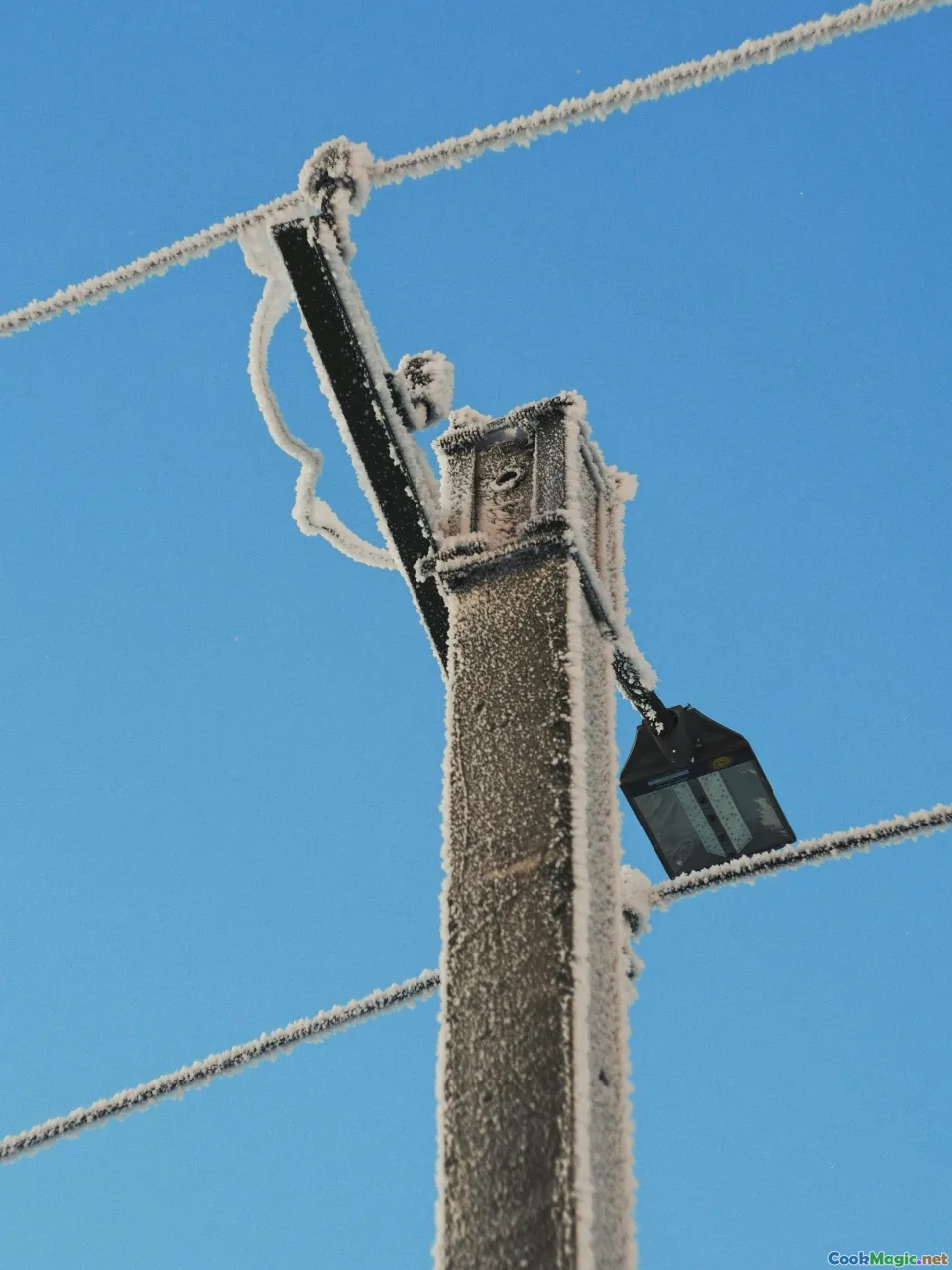
Crispness is a race against time and humidity. To keep the exterior shattering and the interior moist:
- Always rest on a rack, never on towels.
- Avoid stacking; the steam trapped between layers softens ridges.
- Sugar late; sugar early can melt and draw moisture to the surface.
- Reheat only in a hot oven (200 C) for 3–4 minutes. Never microwave. Reheating recovers some shell crispness but the interior inevitably dries a bit; plan to fry to order whenever possible.
If you must package: Use vented boxes or bags loosely closed. Seal a hot churro and you steam your own work.
The science in a bite

Why does boiling water matter? Pouring it into the flour pre-gelatinizes starch granules. Around 62–74 C, starch absorbs water and swells; by scalding the flour, you kickstart this process before frying. That early gelatinization gives the paste its characteristic elasticity and makes it less porous to oil during frying. When the shaped dough meets hot oil, residual water becomes steam and leavens the paste. The ridges—thanks to the star tip—thin the outer layer and maximize surface area, promoting fast moisture escape and a high ratio of crispy crust to soft interior.
Browning arises from Maillard reactions between amino acids and reducing sugars at temperatures above roughly 140 C. The sugar dusted later contributes crunch, but the color comes mostly from flour proteins interacting with sugars in the dough under heat. Adding milk to the dough introduces lactose, which browns differently and can darken the crust prematurely—hence the Spanish preference for water-based doughs for control.
As churros cool, starch retrogradation begins—the gel network crystallizes, firming the interior and dulling tenderness. This is why churros are best within minutes of frying; a reheat can re-gelatinize some starch, but never fully returns that first-bite perfection. Moisture migration also matters: steam inside moves outward as the exterior cools. Good practice—rack cooling, minimal stacking—slows the crust-softening that results.
Recipe card: quick reference
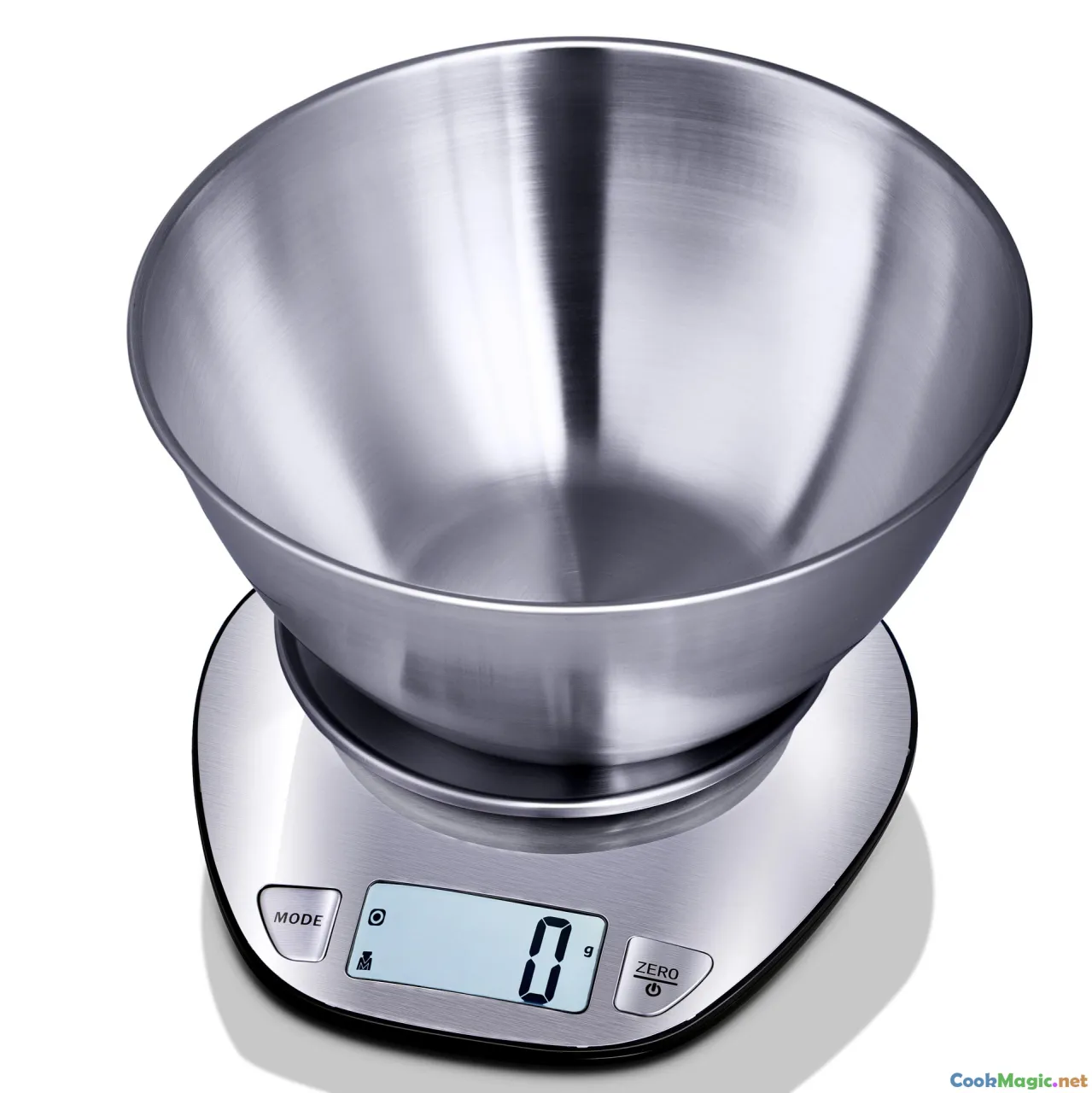
- Flour 250 g, salt 5 g, fat 10–15 g (optional), boiling water 250–275 g.
- Mix flour + salt. Pour in boiling water and fat; stir until smooth paste.
- Rest 15–20 minutes.
- Pipe with 12–16 mm star tip into 185 C oil; snip at 18–22 cm.
- Fry 2–3 minutes per side; watch for honey blond ridges and a softer fizz.
- Drain on rack, dust with sugar while warm. Serve with chocolate a la taza.
Chocolate a la taza: 500 g milk, 150 g dark chocolate, 8 g cornstarch, 20–25 g sugar, pinch salt. Thicken milk with cornstarch, melt in chocolate, season, serve hot.
Gratitude to the hands behind the ridges

I learned churros from the people who make them when the city is quiet and the sky is the color of dough in the bowl—pale, waiting for heat. From the man at San Ginés who trusts his ears more than any dial. From a woman in Málaga who pinched rings of dough with fingers dusted in flour that smelled faintly of anise. From a Barcelona xurrera who told me she could tell the weather from how quickly the ridges set.
What I carry home is not just technique—though that matters with a food this simple. It is a feeling. The hush when you bite and the crust gives way with just enough effort to make your jaw pay attention. The warmth of the center against the morning’s chill. The way sugar clings to fingertips and makes you lick them, unselfconsciously, like a child. The companionship of a steaming cup of chocolate and a friend across the table, or of your solitary thoughts, sweetened by a plate of golden lines.
Mastering churros is mastering timing, temperature, and texture. But it is also a way of stepping into a Spanish rhythm of the day—late nights, early mornings, pauses taken standing at a bar or seated among tiles and mirrors. Make them at home, and your kitchen will smell like a churrería for an hour. Make them well, and you’ll taste a city and a countryside, a thousand hands and a mesmerizing, simple alchemy. Crisp outside. Tender inside. Then gone, as all the best things are, leaving only sugar on the table and a promise to make more tomorrow.









